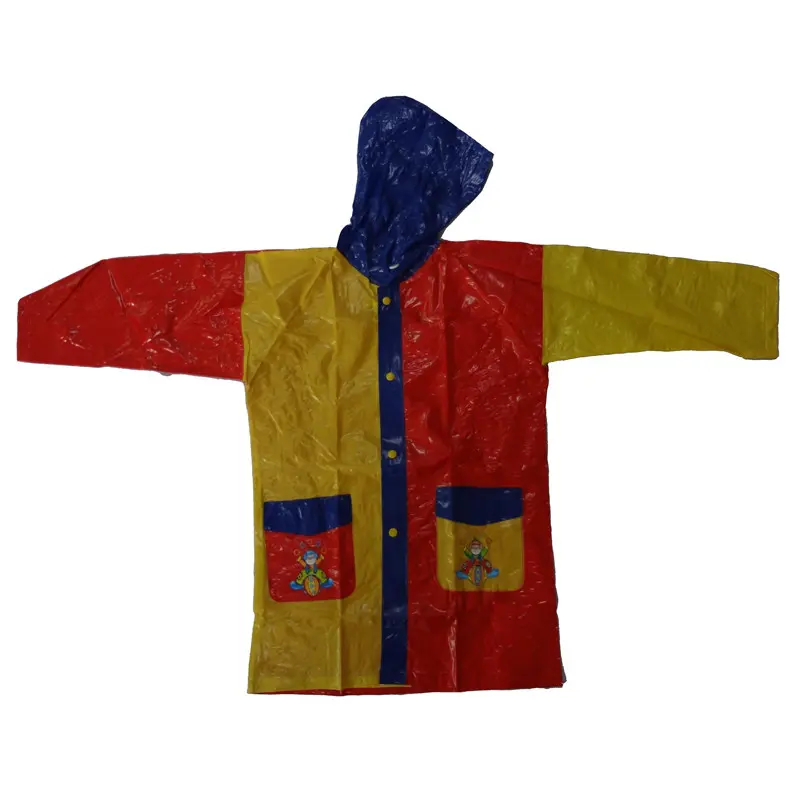Iyul . 28, 2024 05:18 Back to list
List of Leading Raincoat Manufacturers and Their Innovative Products for Wet Weather Protection
The Evolution and Significance of Raincoat Manufacturers
Raincoats have long been a staple in the wardrobes of individuals living in regions plagued by unpredictable weather. As the climate continues to change and the need for weather-resistant clothing becomes increasingly important, raincoat manufacturers play a significant role in the global fashion and textile industry. This article explores the history, innovation, sustainability, and future trends associated with raincoat manufacturing.
Historical Context
The concept of a waterproof garment dates back centuries. The earliest known raincoats were made from natural materials, such as oilskin, a fabric that was treated with oils and waxes to repel water. Over time, manufacturers began integrating synthetic materials, which revolutionized the production of raincoats. The introduction of PVC and later, polyurethane, provided a lightweight and flexible alternative, enabling manufacturers to create designs that were both functional and stylish.
Innovation in Design
Today, raincoat manufacturers are not just focused on functionality; they are also committed to style and aesthetic appeal. Modern raincoats come in a vast array of designs, colors, and materials, catering to diverse consumer preferences. The use of advanced technologies such as Gore-Tex and other breathable fabrics allows for greater comfort, ensuring that wearers do not feel stifled while staying dry. Additionally, manufacturers are increasingly incorporating smart technology into raincoats, such as integrated heating elements and moisture-wicking liners, further enhancing user experience.
Emphasis on Sustainability
raincoat manufacturers

In recent years, the fashion industry has come under scrutiny for its environmental impact, and raincoat manufacturers are no exception. The production of synthetic materials contributes to pollution and waste. To address these concerns, many manufacturers are turning to sustainable practices. This includes sourcing recycled materials for production, developing biodegradable fabrics, and implementing environmentally-friendly manufacturing processes. Companies such as Patagonia and The North Face are leading the charge by promoting transparency and sustainability in their supply chains, encouraging their customers to make environmentally responsible decisions.
Market Trends and Challenges
The global raincoat market is anticipated to grow, driven by rising awareness of climate change and the increasing frequency of extreme weather events. Manufacturers are capitalizing on this trend by developing versatile rain gear that combines functionality with everyday wearability. For instance, raincoats that can be compressed into a pocket are appealing to travelers, while multifunctional designs that transition from work to play are gaining popularity among urban dwellers.
However, challenges remain. The competitive nature of the fashion industry puts pressure on manufacturers to balance quality with affordability. Additionally, as online shopping continues to dominate the market, raincoat manufacturers must adapt to changing consumer behaviors by enhancing their online presence and optimizing direct-to-consumer sales channels. Innovations in sizing technology, such as virtual fitting rooms, can also help manufacturers reduce return rates and increase customer satisfaction.
The Future of Raincoat Manufacturing
As consumer demands evolve, the future of raincoat manufacturing looks promising. With the rise of wearables and tech-driven fashion, manufacturers are exploring even more ways to integrate technology into their designs. Moreover, the push toward a circular economy, where products are designed with their entire lifecycle in mind, is likely to influence manufacturing practices moving forward.
In conclusion, raincoat manufacturers play a crucial role in not only protecting individuals from the elements but also in shaping the future of sustainable fashion. As innovations continue and environmental concerns mount, these manufacturers must remain adaptable and committed to quality, sustainability, and style to succeed in an ever-changing market. The journey of raincoats from mere functional items to fashionable statements reflects broader trends in the industry and highlights the importance of responsible manufacturing practices.
-
Waterproof Poncho Wholesale - Reliable Waterproof Rain Poncho Manufacturers & Factories
NewsJun.24,2025
-
High Quality PEVA Body Bag - Reliable Manufacturer, Factory Direct Exporter
NewsJun.10,2025
-
High-Quality Shroud Transport Solutions Leading Factory & Manufacturer
NewsJun.10,2025
-
High-Quality Shroud Packs for Optimal Protection Global Suppliers
NewsJun.09,2025
-
Premium China Made Body Bags High Quality & Export Ready
NewsJun.09,2025
-
Durable Waterproof Clothing Supplier Expert Factory Direct Deals
NewsJun.09,2025





